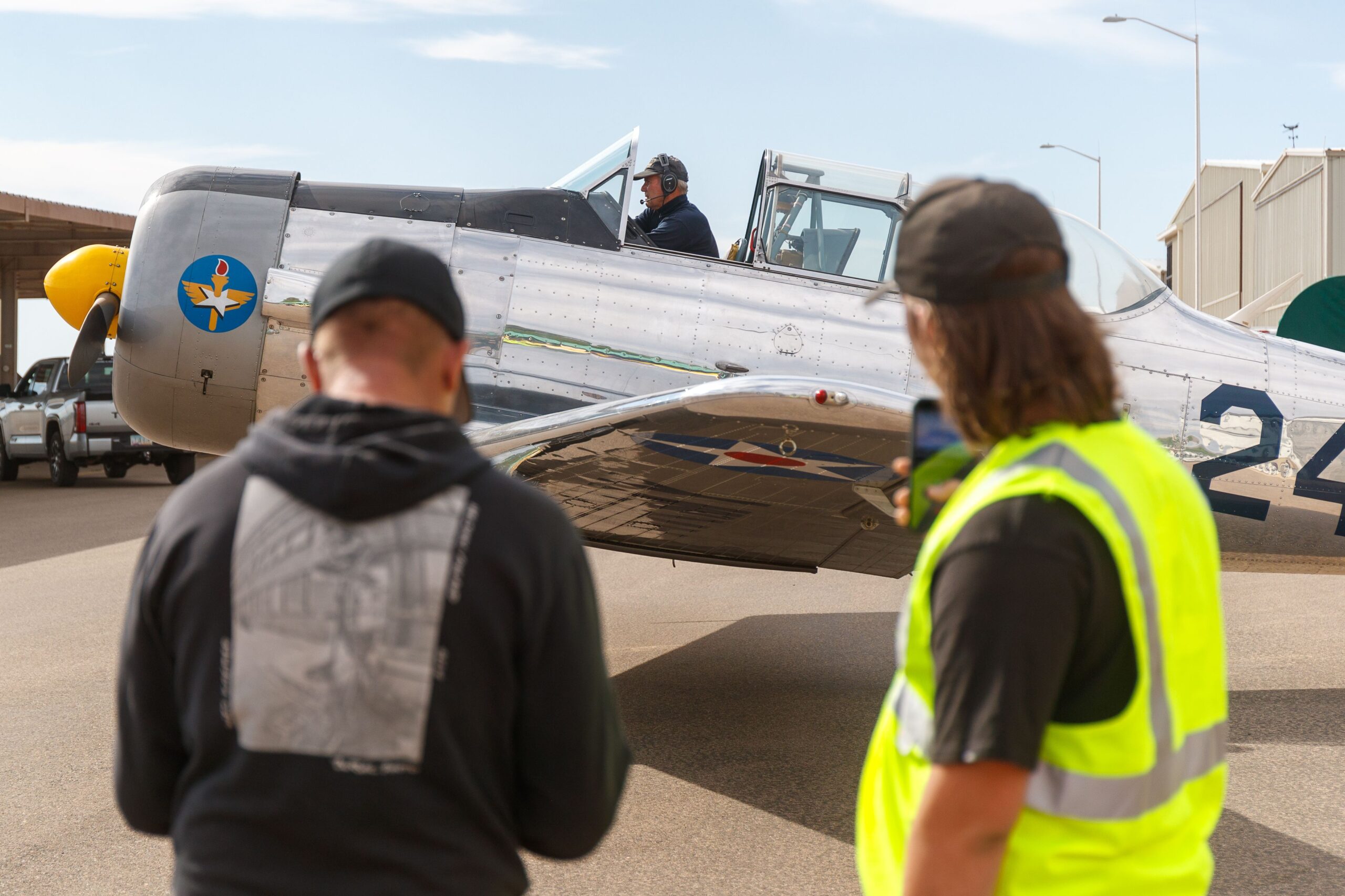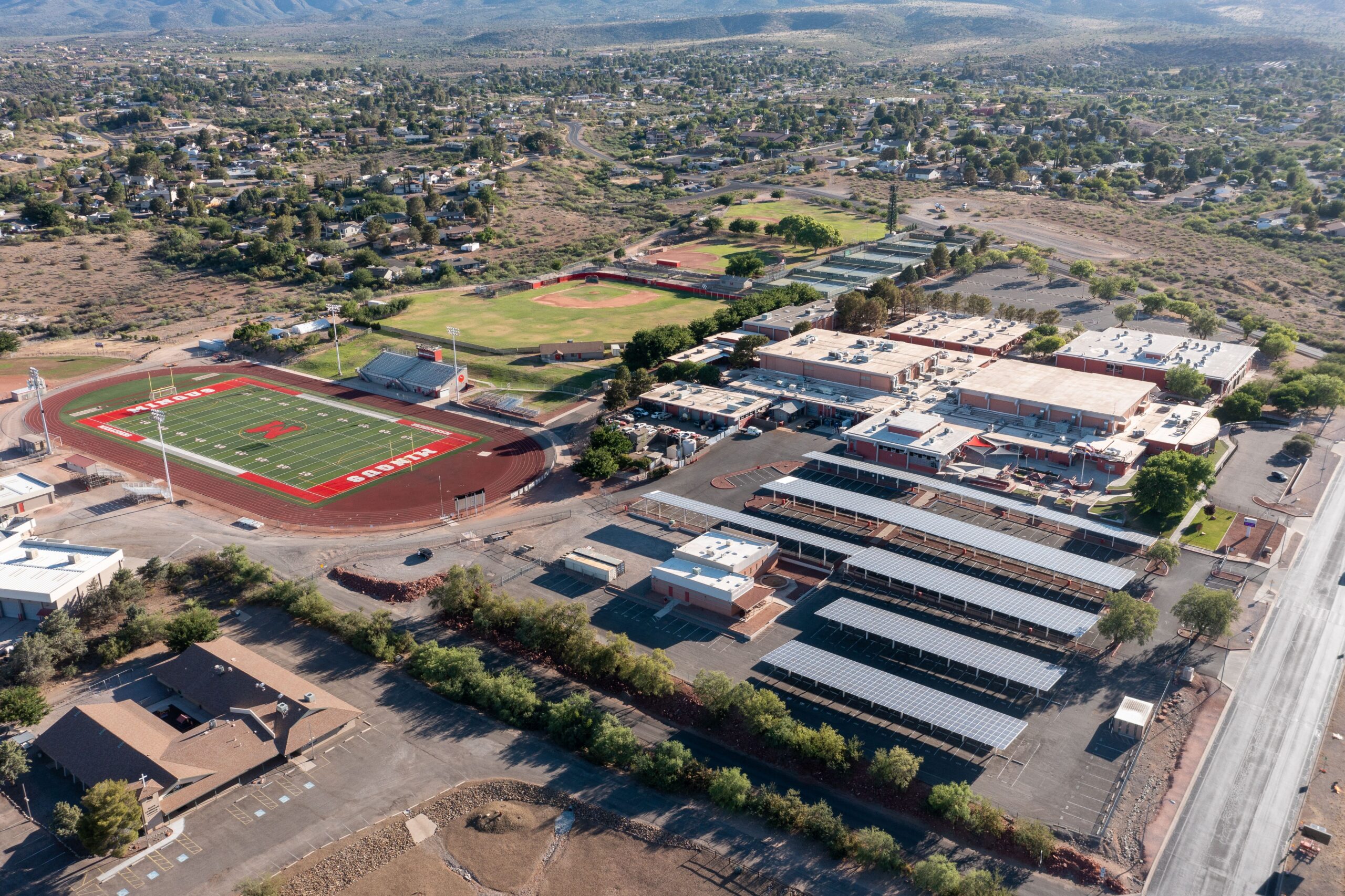In 1945, on the Pacific island of Iwo Jima, future Congressional Medal of Honor recipient Dan Akee, a Navajo man who now lives in Tuba City, ducked low as bombs burst and bullets whizzed by his head. He called on God for help.
“I’m a Christian,” Akee said during an interview Aug. 31. “I said, ‘God help me. God help me. I’m too young to die.’”
“I think he was the one to save me all through those battles. Right now, I know it.” he said..
Akee will speak about his war experiences starting at 6:30 p.m. Thursday, Sept. 15, at Verde Baptist Church, 102 S. Willard St. Admission is free and all are welcome, according to a press release.
Starting in 1943, Akee fought the Japanese as a sergeant major in the 25th Marine Regiment, 4th Marine Division. At age 16, he became one of nearly 500 Navajo men trained during the war to convey messages using a code based on the Navajo language. He was 18 by the time he fought in his final battle.
His belief in God and training as a Marine sustained him from the invasion of the Marshall Islands to the conquest of Iwo Jima, site of the bloodiest battle in Marine Corps history. Roughly 75 percent of the infantry units of the Fourth and Fifth Marine divisions were casualties, and about 4,900 soldiers were killed on the island.
To speak the code, Akee had to memorize more than 500 Navajo words and phrases formulated to convey messages about conditions on the ground during battle.
The code terms were designed to communicate locations and information of strategic importance. Navajo words were integrated to represent approximately 450 military terms not in the traditional language, such as submarine and dive-bomber.
The Navajo word for “turtle” meant “tank.” A dive-bomber was described by the Navajo word for “chicken hawk,” according to the Navajo Code Talkers Association official website.
To supplement those terms, words could be spelled out using Navajo terms assigned to individual letters of the alphabet. “Wo-La-Chee,” the word for “ant,” for example, represented the letter “A.”
“In this way the Navajo Code Talkers could quickly and concisely communicate with each other in a manner even uninitiated Navajos could not understand,” the website states.
“We studied, studied, studied all the time until we learned it,” Akee said. “I sent messages if there was some kind of trouble. Also, in battles, I received messages from different places.”
It took five months for him to memorize the code, Akee said, which remained top secret until declassified in 1968, according to the association website.
During the battle for Iwo Jima, Akee sent 800 coded messages. Sometimes battle conditions made it difficult for him to do his job, but he always performed his duty, he said.
“We just had to sit up and send the message,” Akee said. “All the time, you know, it was hard, but sometimes the bullet will be coming toward you and then it’s in God’s hands.”


